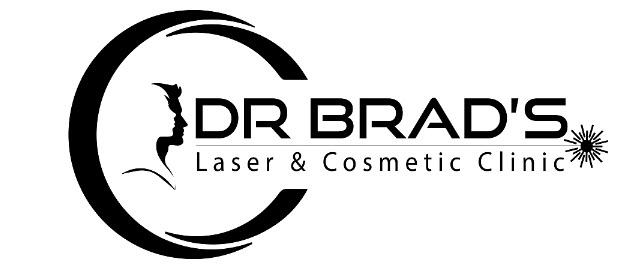When it comes to **ear wax removal**, many people often feel unsure about the best methods to try at home. Fear not! There are several **effective techniques** that you can adopt, helping to keep your ears free of excess wax safely and comfortably. Let’s dive into the various methods that you can safely employ in your own space.
**Understanding Ear Wax**
Before getting into the techniques, it’s essential to realise that ear wax, or cerumen, actually plays a protective role. It keeps your ears moisturised, traps dust and dirt, and provides a barrier against bacteria and fungi. However, sometimes our bodies produce more wax than necessary, leading to blockages. This can cause discomfort, reduced hearing, and sometimes even infections. Knowing how to manage this is key!
**Hydrogen Peroxide Drops**
A popular method for **ear wax removal** is the use of hydrogen peroxide drops. This solution helps to break down and soften the wax, making it easier for it to work its way out of the ear canal. You can find hydrogen peroxide at your local pharmacy. Simply mix equal parts of hydrogen peroxide (3%) and water, and place a few drops into the affected ear while lying on your side. Allow it to sit for around five minutes, and then tilt your head to let the solution—and the loosened wax—drain out. Always ensure you’re using a solution that’s safe and suitable for your ears.
**Olive Oil or Mineral Oil**
For a gentler option, **olive oil** or mineral oil can be an excellent choice! Just warm a few drops (make sure it’s not too hot) and gently instil them into your ear. The oil softens wax, helping it to gradually come out on its own. This method is particularly beloved because it’s mild and natural. However, don’t go sloshing oil in your ears without proper care. It’s vital to see how your ears respond and to avoid excessive use.
**Warm Water Irrigation**
Another method often employed for **ear wax removal** is warm water irrigation. You can create a simple, DIY irrigation system at home. Use a bulb syringe filled with warm water (body temperature is ideal) and gently squirt it into your ear canal while tilting your head. Let the water sit briefly to loosen the wax before tilting your head back to drain. Remember to follow this up with a gentle clean with a soft towel. While this can often be effective, it’s crucial to be careful, as aggressive flushing can cause trauma to the ear.
**Softening Ear Wax Drops**
If a simple home remedy doesn’t quite do the trick, consider over-the-counter **softening ear wax drops**. These are designed specifically for breaking down ear wax and are generally safe to use. They usually contain docusate sodium or carbamide peroxide, which are effective in softening and literally “melting” stubborn wax. Always follow the instructions provided on the packaging for the best results.
**Avoiding Cotton Swabs**
It can be incredibly tempting to reach for cotton swabs to dig out that pesky wax, but this approach can often do more harm than good. In fact, using cotton swabs runs the risk of pushing the wax deeper into the ear canal, which can lead to impaction. A local client mentioned feeling relieved after learning this, stating, “I used to think cleaning with cotton buds was the right way to go, but now I know better!”
**Professional Ear Wax Removal**
Despite trying various methods at home, sometimes the solution lies with professional assistance. A popular choice is **microsuction**, a gentle and effective technique that Dr Brad champions. Trained by ENT surgeons, Dr Brad uses this method to safely remove ear wax while ensuring that your eardrum and ear canal remain unharmed. If you're struggling with persistent wax build-up, visiting Dr Brad for a consultation can provide you with peace of mind, knowing you’re in expert hands. If you're located near Bristol, you can explore the ear wax removal service Bristol to find a trusted solution.
**Safe Methods to Avoid**
There are also methods that you should strictly avoid. **Ear candling** is one of them. Despite popular belief, it’s not only ineffective but can also potentially lead to burns and blockages. Dr Brad never recommends ear candling and encourages patients to rely on safer and more effective techniques instead.
**Know When to Seek Help**
It’s essential to be vigilant about any persistent symptoms associated with ear wax blockage, such as discomfort, pain, hearing loss, or leaking fluid. If you’re unsure about your ear health, the safest course of action is to consult Dr Brad, who can assess your situation and recommend the best path forward.
In conclusion, while there are a variety of **safe methods** of **ear wax removal** you can try at home, always approach the process with caution. Whether you choose to rely on home remedies or expert assistance, ensuring your ear health remains a priority is crucial.
This article does not constitute medical advice. Please book with Dr Brad for a consultation.
